What is reclaim and is it worth saving it?
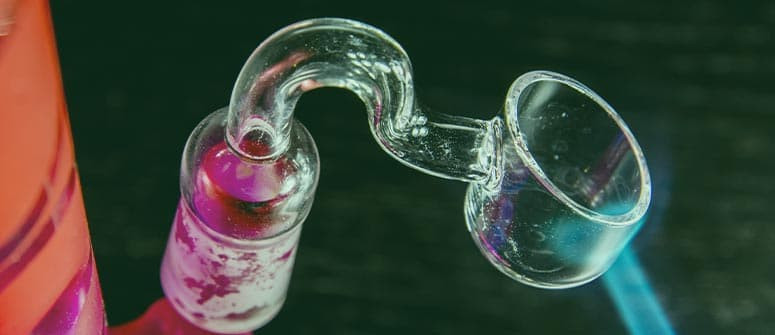
Heard of dab reclaim? Wondering whether it's worth saving and smoking? Learn all there is to know as we delve into the chemical composition of reclaim, as well as its most popular applications and how to easily collect it yourself.
Contents:
If you're into dabbing, you've likely heard of dab reclaim. You know, that brown gunk that builds up inside your dab rig with time. But did you know that many smokers try to collect reclaim and save it for a rainy day? In this article, we take a closer look at dab reclaim, its chemical composition, how to collect it, and whether or not you should be saving it to make your dabs go the extra mile.
WHAT IS DAB RECLAIM?
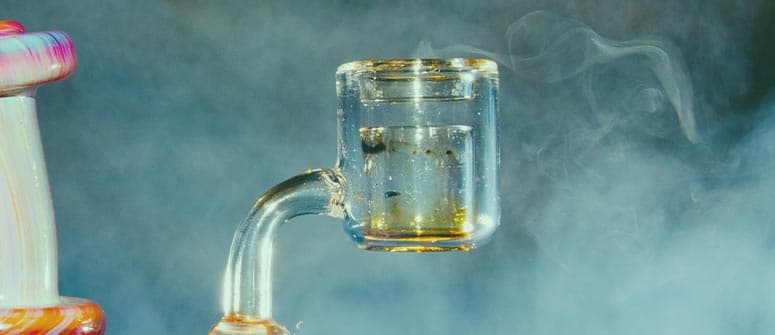
While the term might sound novel, "dab reclaim" simply refers to the leftover concentrate that naturally builds up in/on your dab rig. With prolonged use, you'll likely see your rig develop a dark-brown, grimy buildup along its banger, downstem, percolator, and neck. And while it might look far from appealing, cannabis reclaim contains a high amount of cannabinoids, and some dabbers opt to save and reuse it.
Dab reclaim usually forms on the inside of a dabbing rig when:
- Bits of concentrate make their way into your rig before they are fully vaporized.
- Vapor builds up inside the rig, condenses, and cools, taking on an oily, waxy texture.
- You consistently dab at too-low temperatures, not allowing your concentrates to fully vaporize before you inhale.
CAN YOU SMOKE RECLAIM?
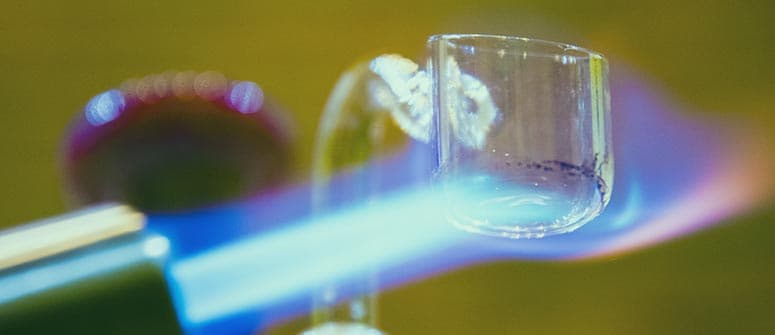
Yes, dab reclaim can be smoked, and many smokers choose to collect reclaim (learn how below) and smoke it alongside some flower for a second hit of cannabinoids. Whether or not smoking reclaim is safe or toxic, however, is far less clear. Unfortunately, like with many cannabis-related topics, there is no conclusive scientific research on reclaim and what it contains. As a result, our understanding of what is and isn't in your reclaim is very limited.
IS DAB RECLAIM POTENT?
In 2014, MCR Labs (a cannabis testing lab in Massachusetts) tested the chemical composition of dab reclaim.¹ The test used four different samples of reclaim, which all came from different sources and exhibited different colours and consistencies:
- Sample 1 was collected from a "drop-down" attachment and was, in terms of both colour and texture, very similar to maple syrup or dark honey.
- Sample 2 came from a personal reclaim collection from a MCR staff member. It was completely black and had a tar-like consistency.
- Sample 3 also came from a drop-down attachment, with a similar texture but a darker colour to sample 1.
- Sample 4 came from a single dab rig, which was completely covered in reclaim and hence rendered useless. The sample had been stored for over 6 months and was completely black, with an almost shatter-like consistency.
All of the above samples were analysed using HPLC-UV chromatography and spectroscopy, which is MCR Labs' go-to technique for analysing the cannabinoid profiles of all the products it tests.
The test showed that dab reclaim can contain up to 60% cannabinoids. The four samples tested by MCR, for example, contained between 23–58% THC, 3–8% CBN, and up to 1–3% CBD, as well as trace amounts of THCA, CBDA, and Δ⁸-THC. Over 90% of the cannabinoids present in the tested reclaim samples were active, meaning they can be readily absorbed by the body.
The exact amount of cannabinoids present in a particular sample of reclaim (such as that sticking to the inside of your rig, for example) will likely vary depending on:
- The original cannabinoid concentration of your extracts
- The temperature at which you dab
- The manner in which, and for how long, the reclaim was stored
At the time of writing this article, MCR Labs' test is the only scientific study to offer some insight into the chemical composition of reclaim. And while the study is the first of its kind, it also has some obvious limitations.
Most importantly, it hardly paints a complete picture of the full chemical profile of reclaim. MCR's study only tested for cannabinoids, which made up only 33–65% of the total chemical composition of the tested samples. What constituted the remaining 35–67%, however, wasn't mentioned in the study, and neither were any potential contaminants that could have formed in the reclaim over time.
HOW TO COLLECT RECLAIM
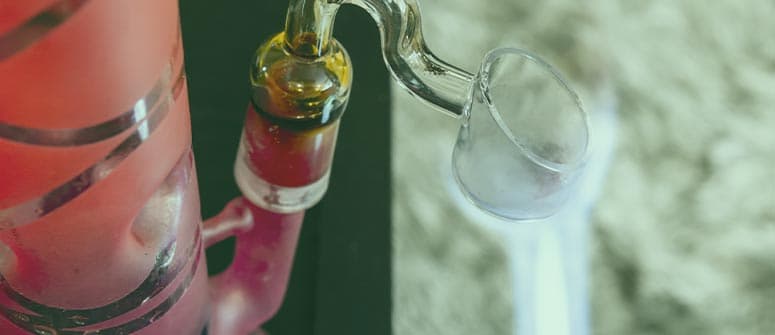
There are a number of ways to collect dab reclaim. Arguably the simplest is buying a drop-down attachment for your rig, which essentially extends its downstem and lowers your banger. As you use your rig, most of the reclaim will now build up along the inside of the attachment, which you can easily remove and clean, rather than having to dismantle your entire dab rig.
If you don't have a drop-down attachment, or reclaim has built up along other parts of your rig, you can collect it using one of the following methods.
COLLECTING RECLAIM WITH ALCOHOL
Use a small amount of high-grade isopropyl alcohol or grain alcohol to dissolve the leftover reclaim from your rig. Store the alcohol-reclaim mixture in an unsealed container and wait for the alcohol to evaporate; you'll eventually be left with sticky, brown reclaim with a similar texture to dabs, which you can then proceed to use as you see fit.
COLLECTING RECLAIM WITHOUT ALCOHOL
Some smokers try to avoid using alcohol when collecting reclaim, arguing that it makes the substance more viscous and could affect its cannabinoid profile. If you'd prefer to avoid using alcohol, your best bet is to use heat instead.
We recommend the following instructions:
- Remove all of the water from your dab rig's chamber and let the rig dry completely.
- Use a blowtorch to heat your rig and soften up the reclaim stuck to the inside of it.
- Use a dab tool to scratch at and collect the now-softened reclaim, or turn your dab rig upside down over some wax/baking paper and let the softened reclaim drip down and collect on the paper.
- Store your reclaim in a silicone or glass container in a cool, dry, and dark place (just like you would with any other cannabis concentrate).
HOW TO USE DAB RECLAIM
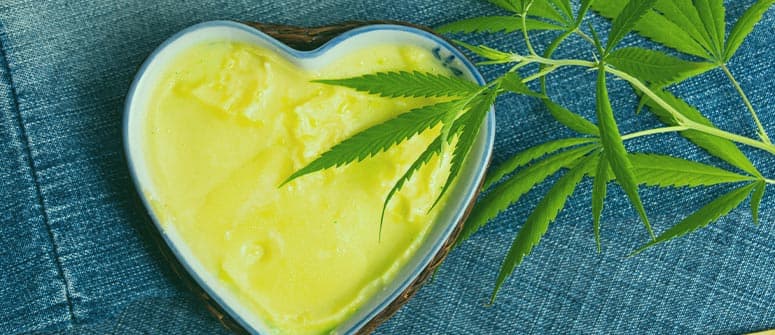
Dab reclaim has three popular uses:
- Vaping and smoking
You can vaporize, dab, or smoke reclaim just like any regular cannabis concentrate. If you choose to do so, keep in mind that your reclaim will likely be much less flavourful than the fresh concentrates you're used to. This is because it will naturally contain fewer terpenes than fresh dabs, as it has been exposed to significant heat and light over extended periods.
- Edibles
Yes, you can even eat reclaim! As shown in MCR Labs' study, almost 100% of the cannabinoids present in cannabis reclaim are active, meaning you can use it to make canna oil or butter, which you can then use to enrich your favourite recipes with cannabinoids.
- Topicals
You don’t just have to consume your reclaim; you can use it for topical purposes as well. Again, thanks to its high concentration of active cannabinoids, dab reclaim can potentially be infused into ointments, oils, salves, and creams.
IS DAB RECLAIM WORTH SAVING?
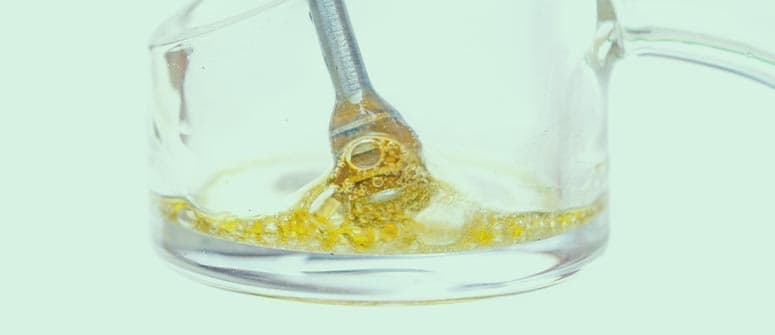
Whether or not you should save your reclaim is completely up to you. Cannabis concentrates are expensive, and if you're looking to get the most bang for your buck, collecting reclaim might be a great way to make your dabs go the extra mile.
On the other hand, if you're not so budget-conscious, and you prefer a high-quality, clean smoke, you probably won't enjoy smoking or dabbing reclaim given its potential contaminants and lack of aromatic terpenes. In any case, you are now empowered to make an informed decision!
References:
1. Wani, J. We Tested Reclaim, and This is What We Found. MCR Labs Blog. December 2, 2014. Accessed on 08/06/2022. https://blog.mcrlabs.com/we-tested-reclaim-and-this-is-what-we-found




